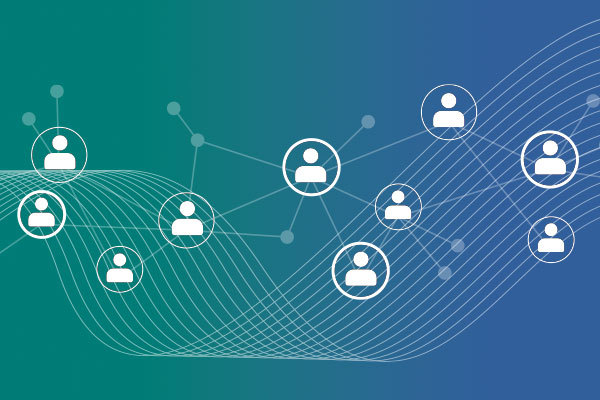Replace Line-Item Thinking with Total Solution Selling [Part 1]
By Barrett Thompson
Dec 08, 2020
Table of Contents
In this two-part blog series,Zilliant General Manager of Commercial Excellence Barrett Thompsonexamines what a total solution looks like in B2B, how it differs from line-item thinking and how companiescan leverage technology to help sales reps shift to a solution selling mindset. Read Part 2 here.
One of our sales directors shared with me an intriguing insight recently that came out of a customer meeting. He said, “They want to think more about the total solution sale and get out of the line-item business.” What this company is getting at is they often provide more value to their end customers than they ultimately recognize in price because they are stuck in line-item,per-unit-price thinking. Often the whole solution they bring to the customer is greater than the sum of its parts.
Thisbrought to mindan everyday experience. When I’m at the grocery store, I expect to pay more for sliced and packaged watermelon than I would for the watermelon itself because someone’s labor has been put into that productto make myconsumption more convenient, hence valueis added. It’s self-evident that my purchase priceper poundwillbe higher. Applied to my B2B customers, it begs the question: “Where in your business are you providing value, but failing to capture it because you’re stuck in line-item thinking?”
The concept of total solution selling is a close cousin of value-based pricing, in that there is intrinsic value being offered that’s not directly captured in a product’s underlying cost or list price. A value-based pricing strategy seeks to identify and quantify those drivers of value.Here are some common ways thata total solution frameworkgenerates more value:
Synergy and cohesion among how the individual parts work together. For instance, a semiconductor manufacturer sells the processor, memory and I/O chips as part of an exclusive set with tight interoperability.
Items are pre-integrated or provento play well together, thus lowering ad-hoc design effort on the buyer’s side, reducing installation effort and lowering risk.
Logisticssimplification:buying the whole solution from us, there are fewer suppliers needed for the initiative or project. This makes for easier ordering and simpler logistics, tracking and handlingfor the buyer.
In some industries, buying a total solutionlightenstheoperational burdenonyour team. Your people can better leverage their knowledge of vendor product lines-their ecosystem and conventions-without spreading themselves thin across a wider range of offerings that come and go.
Given all this, it’s clear to see what’s in it for buyers. The benefits are just as great, if not more so, for the seller,yet most large B2B companies don’t take advantage. Why?
Shift to a Consultative Selling Mindset
The equation is simple:as you sell more products to your customer that they need, you’re generating more value for them.Now you should beextracting a piece of that value back to yourself.
With so many products to sell and customers to service in so little time, sales reps tend to drift toward a line-item orientation in lieu of the more consultative solution selling technique. In doing so, they miss the forest for the trees. If you’re exclusively thinking about your business as a set of line items,each priced and defended onitsown,you will miss the much bigger opportunity. Imagine your customer comes to you to get all the parts that they needfor a given projectwith confidence thatthese partswill work together, rather than piecemeal a solution together through different vendors.Canyou charge more for that kind of value? Or discount less? You bet you can.The equation is simple:as you sell more products to your customer that they need, you’re generating more value for them.Now you should beextracting a piece of that value back to yourself.
We hear from manufacturers who have shifted into the total solution mindset sentiments to the effect of: “My customer doesn’t come to me just because I have superior products.My customer comes to me because I have the engineering, technical and design staff that can guide them to the product they needbased on their application goals. What they really value is the consultative input from us.”You may build 250 different memory chips. That’s great, but your customer often can’t discern which is the best fit for their project, as they’re not an expert in your catalog. It’s information overload. Youpossessthe expertise to guide them to the five best options to fit their specifications, and by the way, “we can also bundle any of those memory chips together with the best-fit processor for the job and provide engineers to ensure a successful install.” That’s how a one-off becomes a long-term solution-oriented relationship. Crucially, this kind of relationship is one you don’t have to win or nurturesolelyon price.
The trouble is, far too many manufacturers and distributors aren’t set up to sell this way. Adopting a total solution mindset is step one, but the best strategy can only go so far when executed manually.In Part 2 of this series, I willtake a lookat a few industry-specific use cases before demonstrating how data-driven software tools translatethis total solutionstrategy into sales action.
Continue on with Part 2!



